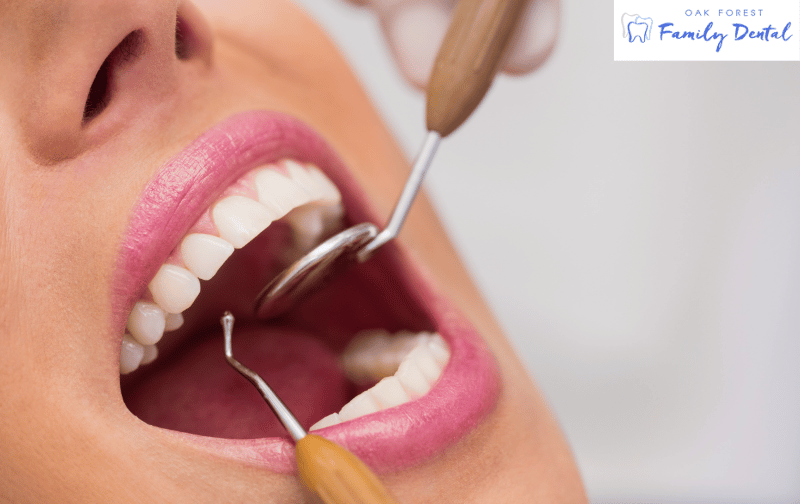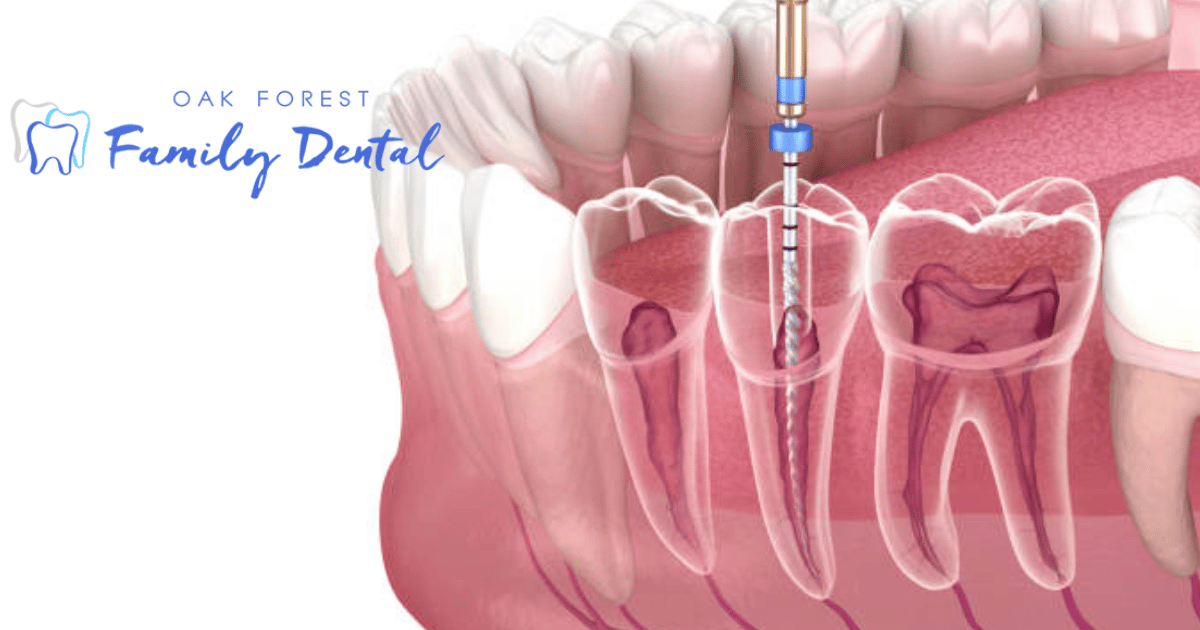Root canals are an important part of maintaining your oral health. Root canals are used to treat decay or infection that has reached the inner pulp of the tooth. Root canal therapy is a relatively simple procedure that can save your natural teeth from extraction. It’s also one of the most common endodontic treatments, with millions of root canals performed each year in the United States. Root canals have come a long way over the years, and now more people than ever can save their teeth with this procedure.
Root Canal Treatment Process
Root canals involve removing the infected or damaged pulp from inside the tooth and cleaning and shaping the root canal system. The dentist then fills and seals the space, restoring the tooth to its normal shape and size. Root canals typically require one to three visits to the dentist and can take an hour or more per visit. The procedure is typically performed under local anesthesia, so you should feel no pain during the treatment.
What to Expect During Root Canal Treatment
Before starting any endodontic therapy, your dentist will take X-rays of your mouth to get a better look at the affected area. Your dentist will then use a local anesthetic to numb the area, and start the root canal treatment procedure by making an opening in your tooth to access the infected or damaged pulp. The dentist will remove the infected tissue, clean and shape the root canal system, and fill it with a rubber-like material called gutta-percha. The tooth is then sealed with a crown or filling to restore it to its original shape and size.
Recovery Time
Root canals are typically a safe procedure, but like any dental treatment, there is some recovery time involved. The amount of time it takes for your mouth to heal from root canal treatment varies from person to person. Generally, it takes about seven to ten days for the tooth and gums to heal properly. You may experience some discomfort during this time, but over-the-counter pain medications can help with that.
Aftercare
After root canal therapy, it’s important to take care of your teeth and gums by brushing, flossing, using an antiseptic mouthwash, and visiting your dentist regularly for checkups. You should also avoid eating hard or chewy foods until the area has healed completely. Your dentist will provide you with specific instructions on how to care for your teeth after Root Canal Treatment.
Root Canal Treatment Outcomes
Root canals are very successful in treating dental issues and can help you maintain your natural teeth. Root canal treatment has a high success rate, with around 95% of treated teeth lasting for at least five years or more. Root Canal Treatment also helps prevent further damage to the tooth and prevents any further spread of the infection, which can help you avoid more costly treatments in the future.
Root Canal Treatment Costs
Root Canals can be expensive and often require multiple office visits. The cost of Root Canals vary depending on factors such as the severity of the case and what type of tooth is involved. However, Root Canals are often more cost-effective than tooth extractions, as Root Canal Treatment helps save the natural tooth, which can help you avoid future costly treatments.
Finding a Root Canal Dentist
While Root Canals are common dental procedures, not all dentists offer this service. It’s important to find a Root Canal dentist who is experienced and qualified to perform the procedure. Many Root Canal specialists are available in Oak Forest, so it’s important to do your research and ask questions before selecting a Root Canal Dentist.
Alternative Treatments
In some cases, Root Canals may not be an option and alternative treatments may be necessary. Some common alternatives to Root Canal Treatment include tooth extractions, dental implants, and crowns. Your dentist will evaluate your situation and discuss the best treatment options for you.
Conclusion
Root Canals can help restore your natural teeth and prevent further damage or infection from occurring. Root Canals typically require multiple office visits and can be expensive. It’s important to find an experienced Root Canal Dentist in Oak Forest, as well as follow any post-treatment instructions provided by your dentist.
FAQs
Q: How long does a Root Canal take to heal?
A: Root Canals typically take seven to ten days for the tooth and gums to heal properly.
Q: Will Root Canal Treatment be painful?
A: Root Canals are typically a safe procedure, but you may experience some minor discomfort during recovery time. Over-the-counter pain medications can help with any discomfort.
Q: How much does Root Canal Treatment cost?
A: The cost of Root Canals vary depending on factors such as the severity of the case and what type of tooth is involved.
Q: Are Root Canal Treatments successful?
A: Root canal treatments have a high success rate, with around 95% of treated teeth lasting for at least five years or more.



